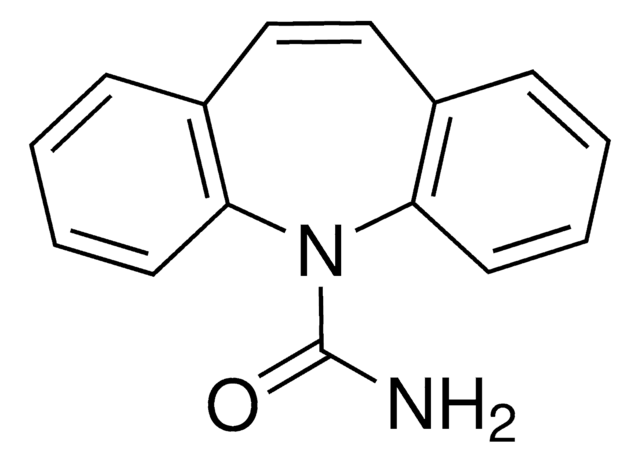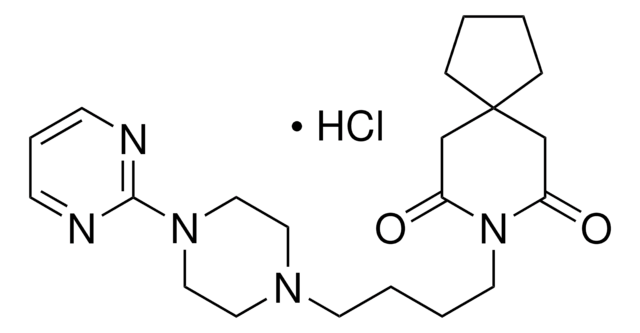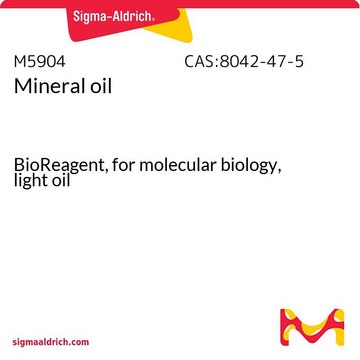Wichtige Dokumente
Z2625
Zomepirac sodium salt
Synonym(e):
5-(p-Chlorobenzoyl)-1,4-dimethylpyrrole-2-acetic acid sodium-potassium salt
About This Item
Empfohlene Produkte
Qualitätsniveau
SMILES String
Cc1cc(CC(=O)O[Na])n(C)c1C(=O)c2ccc(Cl)cc2
InChI
1S/C15H14ClNO3.Na/c1-9-7-12(8-13(18)19)17(2)14(9)15(20)10-3-5-11(16)6-4-10;/h3-7H,8H2,1-2H3,(H,18,19);/q;+1/p-1
InChIKey
SEEXPXUCHVGZGU-UHFFFAOYSA-M
Anwendung
Signalwort
Danger
H-Sätze
Gefahreneinstufungen
Acute Tox. 2 Oral - Acute Tox. 3 Dermal - Acute Tox. 3 Inhalation
Lagerklassenschlüssel
6.1A - Combustible acute toxic Cat. 1 and 2 / very toxic hazardous materials
WGK
WGK 3
Flammpunkt (°F)
Not applicable
Flammpunkt (°C)
Not applicable
Persönliche Schutzausrüstung
Eyeshields, Faceshields, Gloves, type P2 (EN 143) respirator cartridges
Hier finden Sie alle aktuellen Versionen:
Analysenzertifikate (COA)
Die passende Version wird nicht angezeigt?
Wenn Sie eine bestimmte Version benötigen, können Sie anhand der Lot- oder Chargennummer nach einem spezifischen Zertifikat suchen.
Besitzen Sie dieses Produkt bereits?
In der Dokumentenbibliothek finden Sie die Dokumentation zu den Produkten, die Sie kürzlich erworben haben.
Artikel
Drug Transport
Unser Team von Wissenschaftlern verfügt über Erfahrung in allen Forschungsbereichen einschließlich Life Science, Materialwissenschaften, chemischer Synthese, Chromatographie, Analytik und vielen mehr..
Setzen Sie sich mit dem technischen Dienst in Verbindung.









